Test
BMW iX3 - first drive

the whole car has a length of 473 cm
Today I had the opportunity for a one-day test drive of quite the novelty from BMW - the well-known model X3 converted to an electric version. This means it is not a new platform, which we will actually see later with the new one in the X5 size, to simply be called iX.
But getting back to the test iX3, the electric motor has an output of 210 kW and a robust 400 Nm of torque. Driven by only the rear wheels, it can easily reach 100 km/h from rest in just 6.8 s, and top speed is electronically limited to 180 km/h. There will not be an all-wheel drive BMW for now, and it seems that we will see it later in the larger iX model.
Due to the heavier battery in the chassis, the center of gravity is 75 mm lower, so the iX3 demonstrates perfect handling in curves, the car is very predictable and side tilting is minimal. I would not be afraid of this rear wheel drive because the weight distribution is 43/57 in favor of the rear axle. The car very nicely “irons out” unevenness of road surfaces because adaptive chassis control already comes as standard. Paradoxically, despite the greater weight, the impression is of a much “lighter” ride, and sportier than the combustion version.
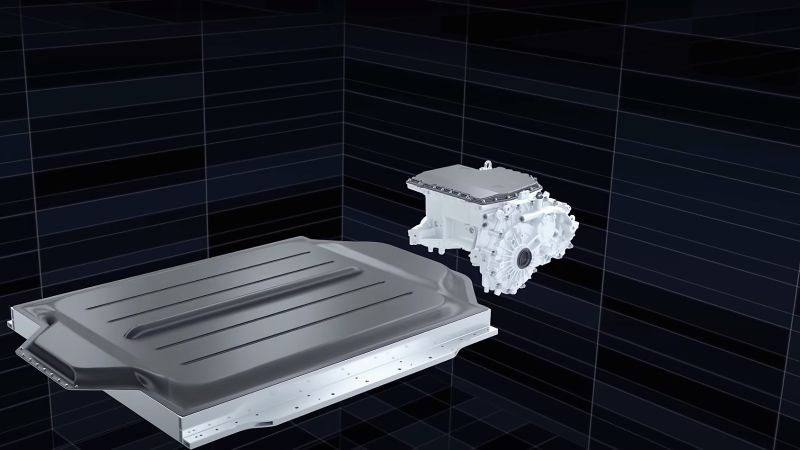
the battery capacity: 80 / 74 kWh
The battery capacity has a nominal value of 80 kWh and 74 kWh usable. The positive side is that the battery has a reduced amount of cobalt by 30%. According to the WLTP standard, its range is listed at 460 km. In the city where the most efficient electric vehicles will be able to reach up to 525 km, on the contrary, the highway range in winter drops to cca 255 km.
There is an 11-kW on-board charger so you can easily recharge the vehicle overnight (cca 7.5 h). Quick-charging can be performed by power of up to 150 kW. This means that for every 10 minutes of charging, you will get approximately 150 km range. In today’s brief test (temperature around zero Celsius), after driving 108 km, I achieved consumption of 24.5 kWh/100 km at an average speed of 90 km/h. I find this to be quite a decent value considering the size of the iX3.
I tried charging on a hypercharger with an output of 150 kW. The iX3 actually did reach a charging power of nearly 150 kW, 148 kW to be precise. In 13 minutes, I charged 25 kWh, equivalent to 100 km of winter driving and up to 150 km in the summer. For the entire test today, I drove 250 km with a consumption of 25.2 kWh. Of this, over 80% of it was highway travel. Given the conditions, this value is superb.

The interior is spacious with plenty of room in the back. The trunk has standard electric opening. The top edge is comfortably low at just 70 cm. The trunk has a volume of 510 l just like the combustion version. It is 92 cm long, 110 cm wide and 47 cm high.
The whole car has a length of 473 cm and a fantastic 286 cm wheelbase, contributing to driving comfort. The ground clearance is 180 mm. Its total height is 167 cm with a width of 189 cm excluding side mirrors.
It seems that the iX3 is yet another well-built electric car designed by BMW.

 ElectroDad
ElectroDad




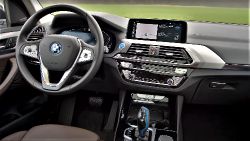




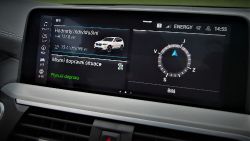














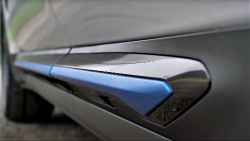



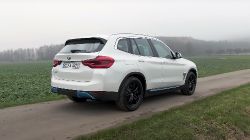





 Tomas
Tomas
 dongruike
dongruike
 bbonkk
bbonkk
 TJWhiteStar
TJWhiteStar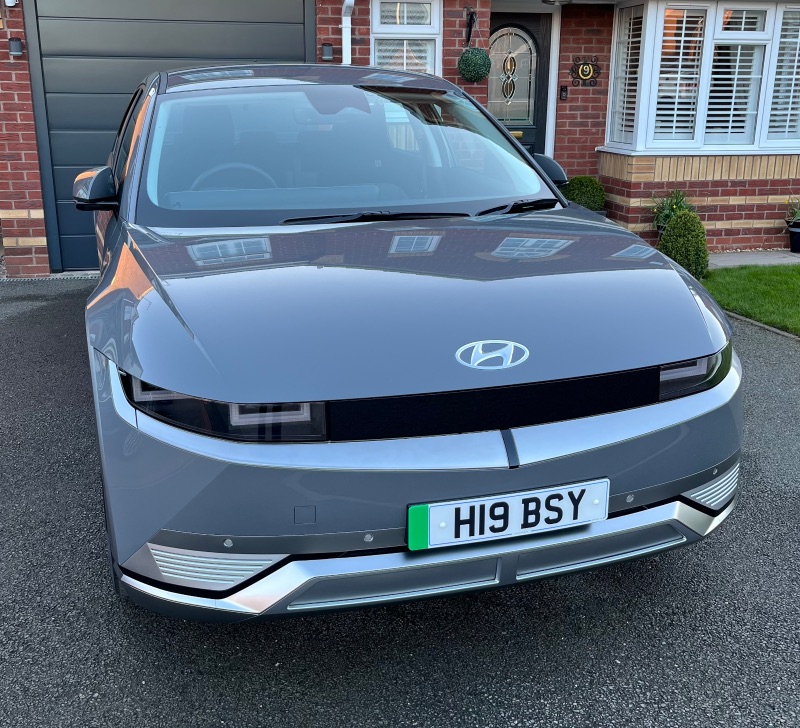
 Ant
Ant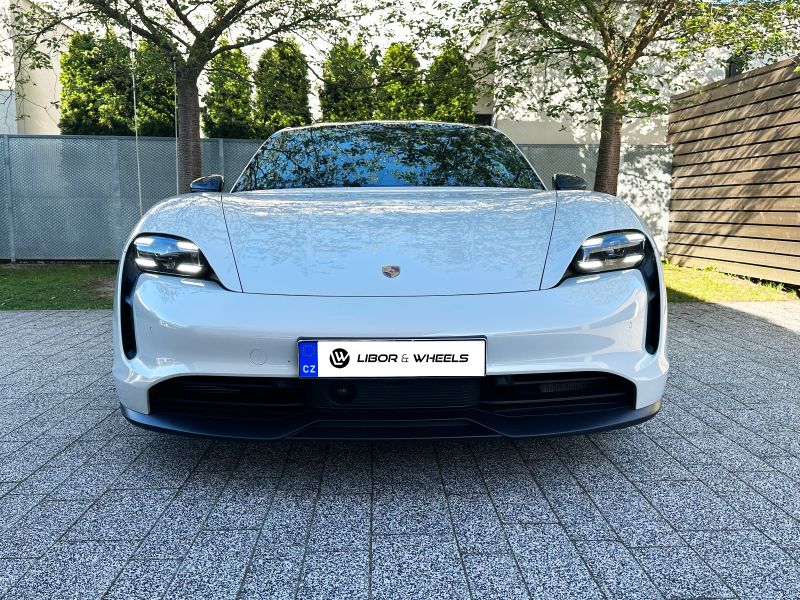
 libor&wheels
libor&wheels